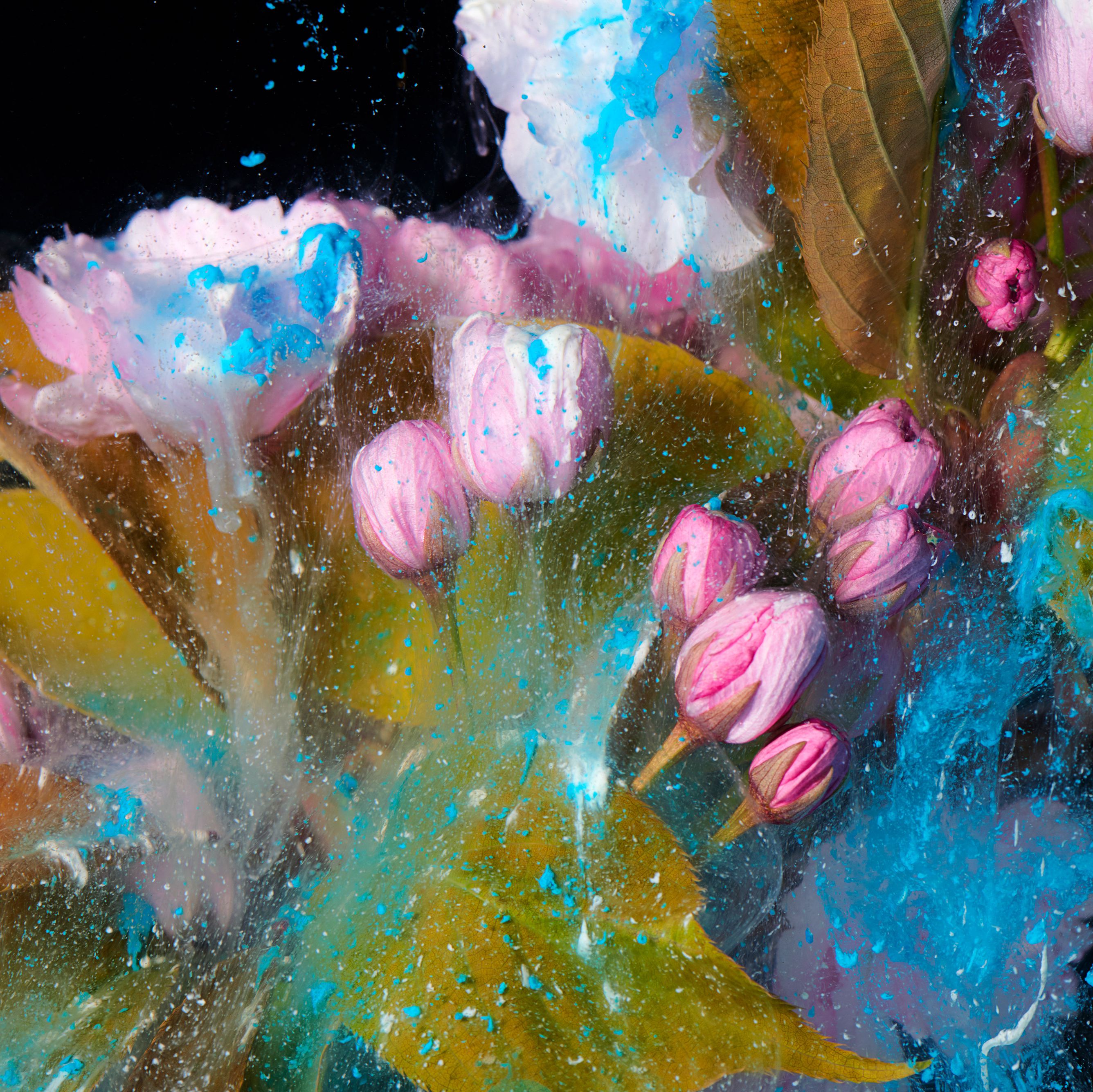Should you have any doubt that we’re living in particularly tense times, know this: A 2018 poll conducted by the American Psychiatric Association revealed that 56 percent of Americans were anxious about the impact politics have on their lives, and 68 percent were worried about their ability to keep themselves and their families safe. As a nation, it’s clear we’re burned-out, bummed out, and in need of a time-out.
It’s no coincidence that the compass of the zeitgeist has swiveled toward self-care. In hopes of finding something—anything—that will bring us some chill, we’re openly embracing wellness modalities previously regarded with a touch (or more) of skepticism: We’re waving around smudge sticks to “clear” our energy, hoarding hunks of rose quartz, and quaffing CBD coffee during our morning commutes. As we barrel toward the ultrafuturistic-sounding year 2020, we’re also tapping into one of humanity’s OG healing traditions, aromatherapy, with renewed enthusiasm.
Over the millennia, the inhalation or application of potent-smelling plant extracts has been used to ease everything from muscle aches to migraines to mental malaise. Although the word aromatherapy wasn’t used regularly until 1937, when French chemist René-Maurice Gattefossé wrote the book on it (Gattefossé’s Aromatherapy), Kerri Nau, an educator for the British company Aromatherapy Associates, notes, “Archaeologists have discovered fragments of terra-cotta vessels used to cultivate floral waters for therapeutic purposes that date back as far as 3,000 B.C.”
Today’s resurgence, says Kurt Schnaubelt, who has a Ph.D. in chemistry and is the founder and scientific director of the Pacific Institute of Aromatherapy, is due to the fact that “there’s more acceptance and more data” than there was when aromatherapy products first gained mainstream traction in the 1980s. (The Internet has probably helped a bit too.)
The claims haven’t changed in decades—lavender summons the sandman; peppermint peps you up—but modern manifestations are decidedly more luxe than those amber bottles at the health-food store. Schnaubelt recently helped develop three therapeutic fragrance oils for True Botanicals that look and smell more like the eaux de parfum you’d find at Barneys than elixirs you’d see at Whole Foods: Immune Boost, with ingredients such as bay-laurel and ginger oils; Muscle Release, with Roman chamomile and clary-sage oils; and Stress Relief, with tarragon and frankincense oils.
But let’s take a step back for a second. Does this stuff actually work? The scientific consensus is…well, there is no consensus. Something significant happens in the brain when we smell aromas; that much is proven. The olfactory bulb sends information to the amygdala, which is involved with experiencing emotions, and the hippocampus, the memory center. That’s why a whiff of blackberry jam can send you straight back to your grandmother’s kitchen or walking through a miasma of Axe can make you sentimental about that guy from high school.
Electroencephalogram tests have shown that brain waves change in response to different smells and what we sniff can affect the central nervous system and even alter mood. For example, research conducted by scientists from Ohio State and Penn State universities showed that inhaling lemon oil boosted subjects’ norepinephrine release and enhanced positive feelings. There’s also evidence that smelling particular essential oils can lower blood pressure. (Several studies have shown ylang-ylang is one.) What’s harder to quantify is whether or not a specific scent can reliably trigger a physiological benefit or conjure the same specific emotion for everyone—and if it can do so when combined with other aromas, as in a fine fragrance.
Source: Do Aromatherapy Perfumes Work? – Science Behind Lavender and Citrus Fragrances














